Role of Hospice Care in Reducing Emergency Visits
April 11, 2025
Exploring the Impact of Hospice Care on Emergency Department Visits
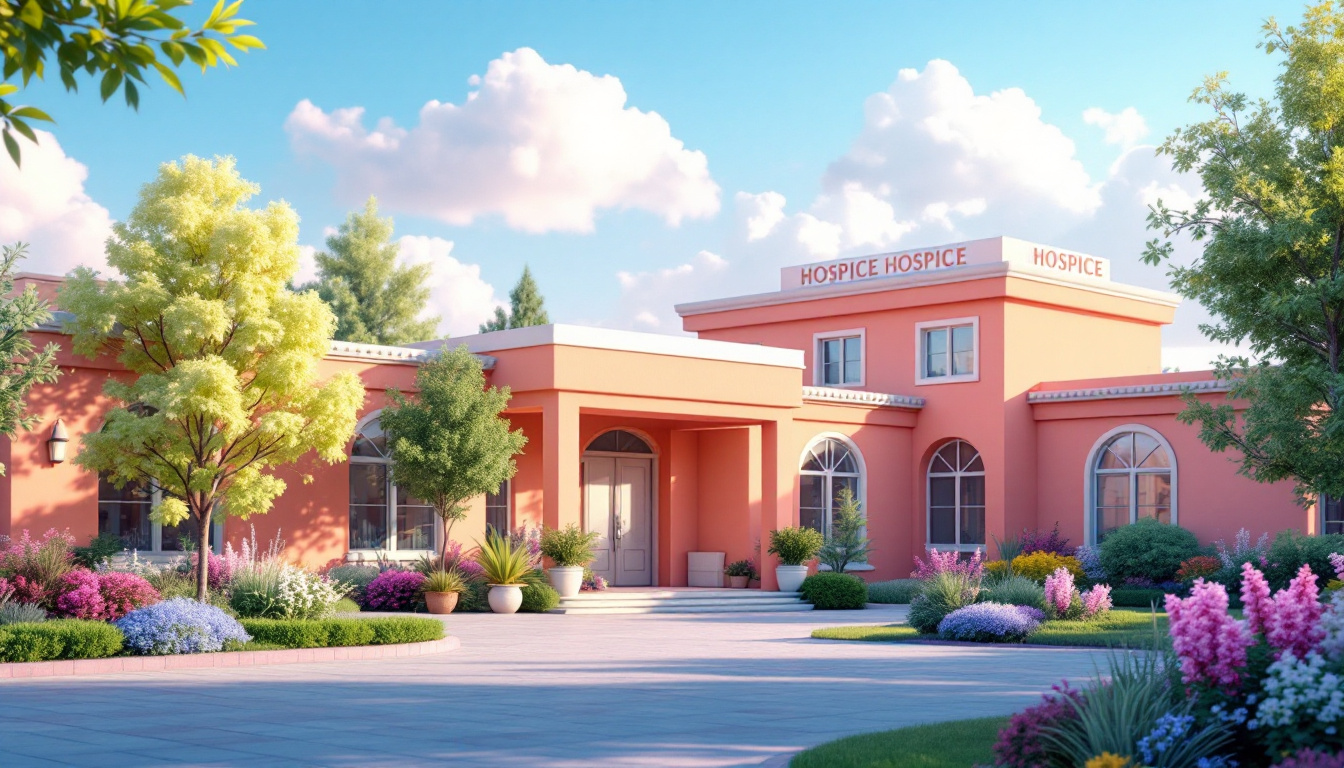
Understanding Hospice Care's Influence on Emergency Utilization
Hospice care, a vital component of end-of-life care, plays a crucial role in reducing emergency department visits for terminally ill patients. Through comprehensive support focused on comfort and quality of life, hospice care minimizes unnecessary hospitalizations and interventions, allowing patients to spend their final days in familiar and comforting settings. This article delves into the multifaceted benefits of hospice care, highlighting how it alleviates the demand on emergency services and improves outcomes for patients and their families.
The Goals and Priorities of Hospice Care
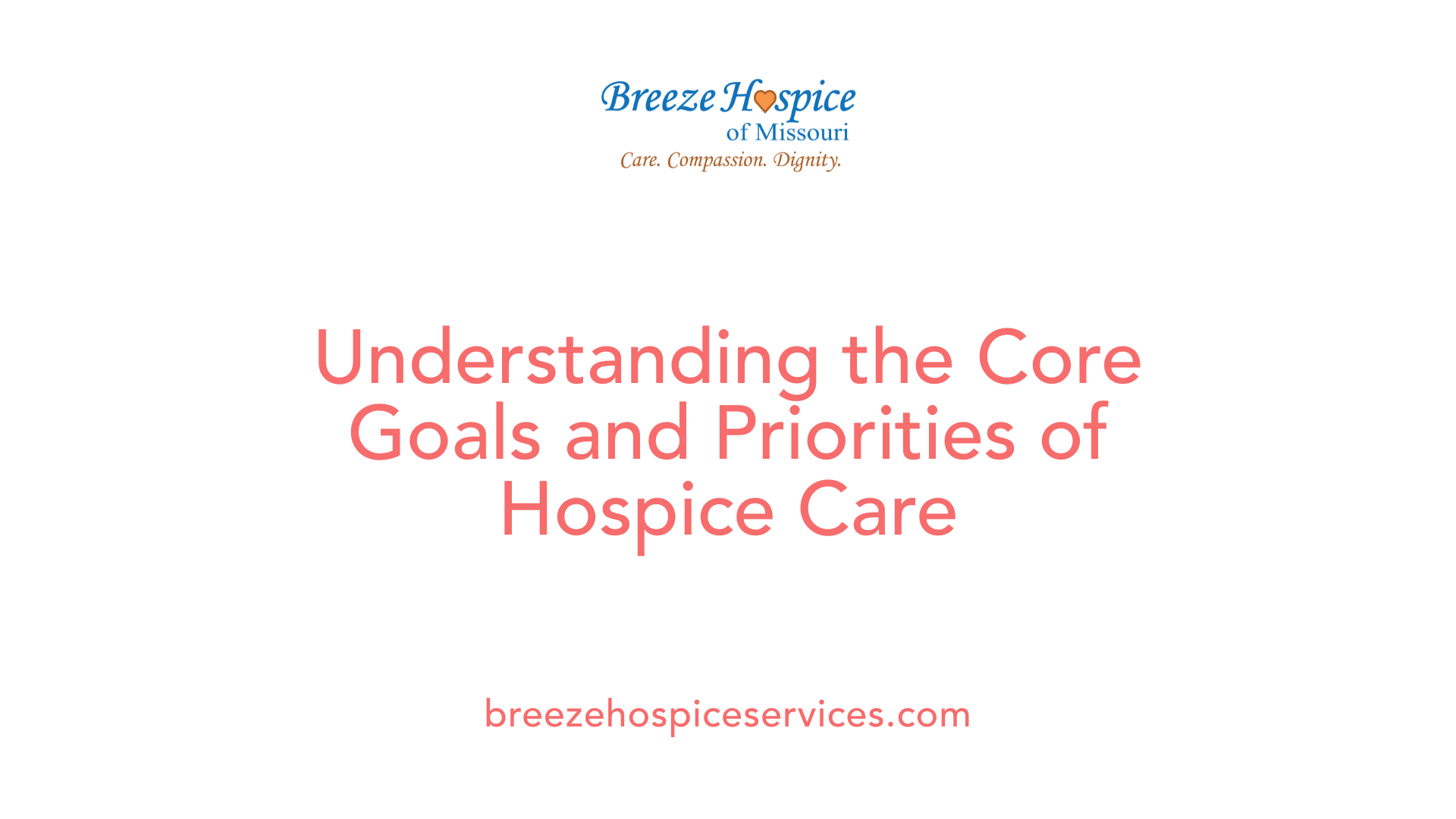
What is the primary goal of hospice care?
Hospice care is designed to provide comfort and support to patients nearing the end of their lives, typically those with an estimated life expectancy of six months or less. This specialized care prioritizes symptom management and aims to enhance the overall quality of life rather than pursuing aggressive curative treatments.
The essence of hospice care lies in its holistic approach. It emphasizes emotional and spiritual support for patients and their families, ensuring that their needs are addressed during this profound transition. Patients can receive care in familiar environments such as their homes, hospitals, or dedicated hospice facilities, which allows for a more comfortable and dignified experience in their final days.
What are the priorities of hospice care?
The priorities of hospice care encompass several vital aspects aimed at maximizing patient comfort and ensuring comprehensive support. Here are the main focuses:
Medical care: Providing high-quality medical support tailored to the needs of terminally ill patients is essential to improve their quality of life.
Personal care: Hospice professionals help patients with daily activities, assisting with bathing, dressing, grooming, eating, and mobility, ensuring that their individual needs are met with kindness and dignity.
Pain management: Effective pain relief strategies, including medications and complementary therapies like massage, are employed to alleviate discomfort and enhance the patient’s quality of life.
Counseling services: Emotional and spiritual support is paramount, helping not only patients but also their families manage the psychological challenges of dying and bereavement.
End-of-life planning: Hospice care facilitates important discussions regarding final wishes and helps patients complete necessary documents, ensuring their preferences are respected during this critical time.
Reducing Emergency Department Visits Through Hospice Care
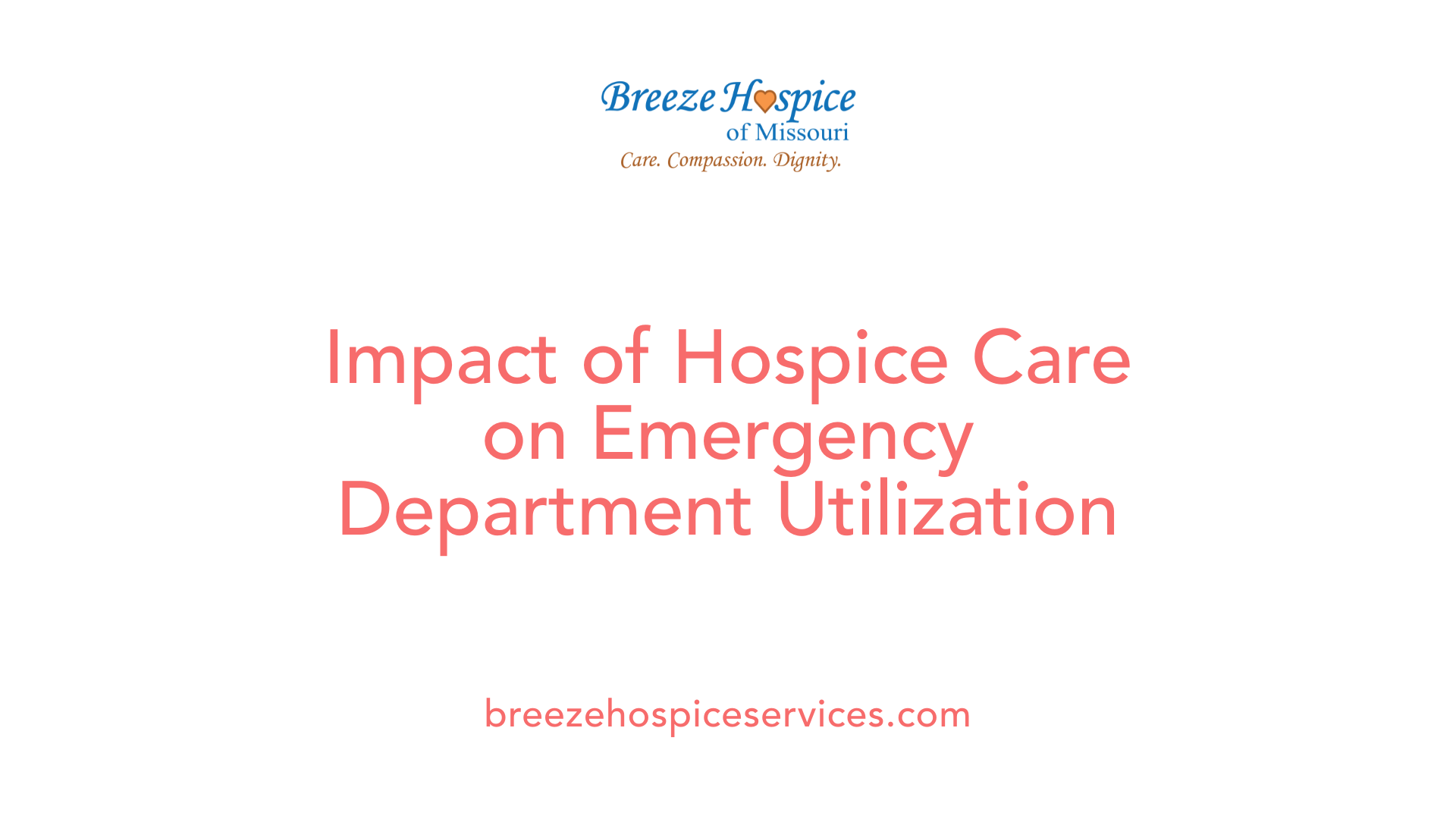
What impact does hospice care have on emergency department visits for patients with serious illnesses?
Hospice care has a significant impact on reducing emergency department (ED) visits for patients with serious illnesses. Research shows that 81% of patients with poor-prognosis cancer visited the ED in the last six months of life; however, this number drops dramatically for those enrolled in hospice. Only about 10% of hospice-enrolled patients experience an ED visit during their final month, compared to over half of those not receiving hospice services.
This discrepancy illustrates how hospice provides comprehensive support that enables patients to manage symptoms effectively at home. Hospice care prioritizes improving the quality of life by treating not only physical symptoms but also addressing emotional and spiritual needs. This holistic approach ultimately alleviates pressure on families and caregivers who are often burdened by the complexities of terminal illnesses.
Additionally, hospice care can lead to reduced hospital admissions, with studies indicating that patients enrolled in hospice experience 30% fewer hospitalizations compared to non-hospice counterparts. By preventing unnecessary hospitalizations and readmissions, hospice facilitates an environment where patients can spend their final days in the comfort of their homes, surrounded by loved ones.
Overall, hospice care plays a pivotal role in minimizing the need for emergency medical interventions, enhancing patient outcomes, and providing immense relief for families facing the challenges of end-of-life care.
Financial and Healthcare Utilization Benefits of Hospice Care
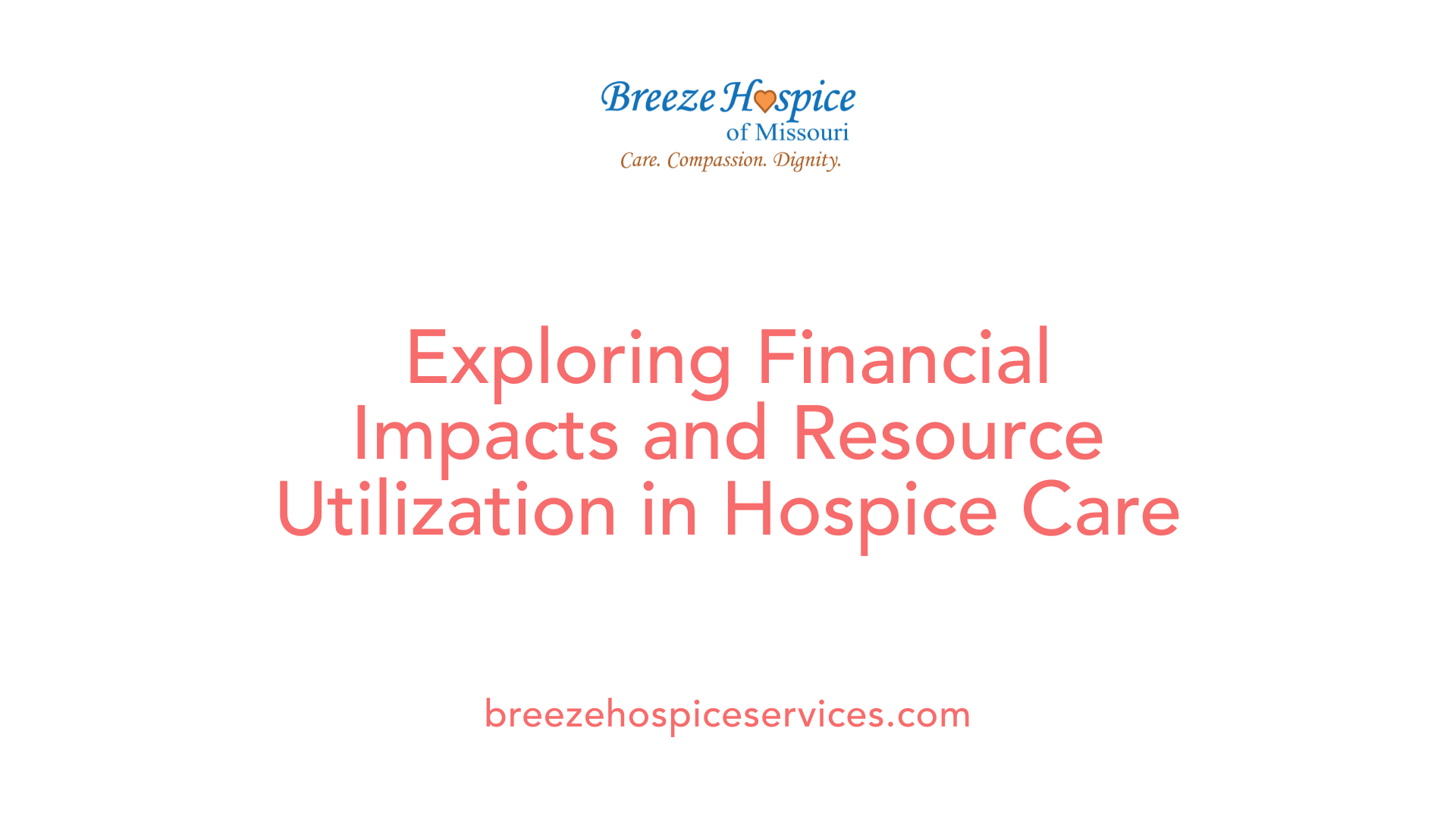
How does hospice care contribute to reduced healthcare utilization for terminally ill patients?
Hospice care contributes to reduced healthcare utilization for terminally ill patients by emphasizing comfort and quality of life rather than curative treatments. By managing pain and symptoms effectively, hospice care can prevent unnecessary hospital visits and emergency interventions.
Patients typically choose hospice when they prefer to remain at home, allowing for more meaningful time with family and reducing the inclination for hospital admissions. The hospice team works closely with the patient’s primary care physician to ensure comprehensive support, covering medical, emotional, and spiritual needs, which fosters a holistic approach to end-of-life care.
Financial benefits of hospice care
The financial implications of hospice care are significant. Studies indicate that patients receiving hospice care incur lower overall healthcare costs. For instance, hospice care has been shown to save the U.S. healthcare system approximately $3.5 billion annually by minimizing hospitalizations and intensive care unit stays in the last weeks of life.
Likewise, patients who are enrolled in hospice care usually incur 33% lower costs in their final months compared to those who do not access these services. This is largely attributed to the focus on palliative care, which prioritizes comfort over aggressive treatments.
Impact on health system
The integration of hospice care not only benefits patients financially but also relieves pressure on the health system. For example, hospice beneficiaries experience 30% fewer hospitalizations and emergency visits, leading to a more efficient use of healthcare resources. This, in turn, allows for better allocation of hospital services for patients who are actively seeking curative treatments.
In conclusion, the value of hospice care extends beyond individual patient experiences, creating a ripple effect across the healthcare system that promotes better management of resources and ultimately enhances patient care.
Challenges in Hospice Transition from Emergency Settings
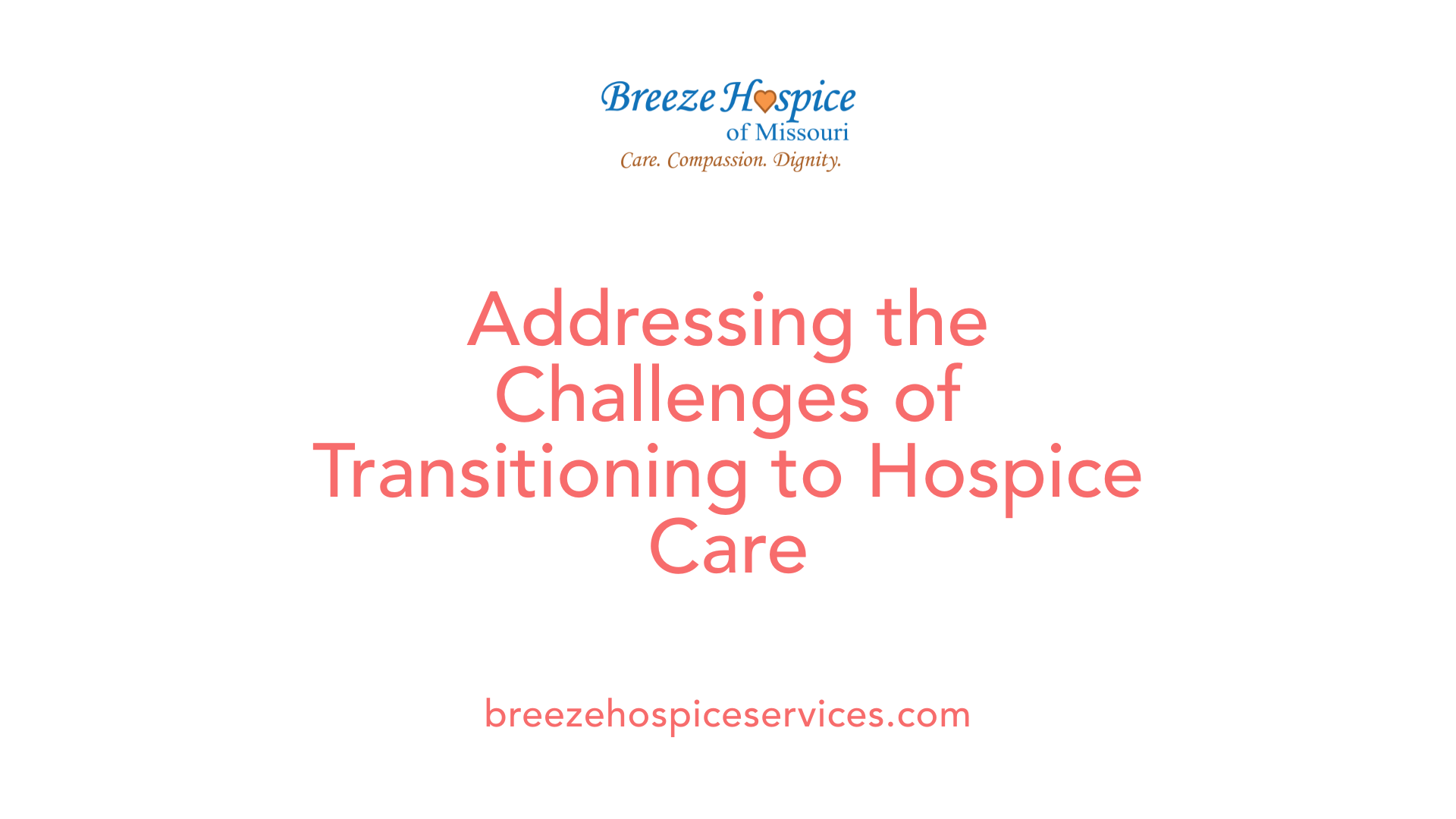
Late Hospice Referrals
Many patients approaching end-of-life often transition into hospice care late, which can lead to elevated emergency department (ED) visits. Data indicates that 28% of hospice beneficiaries enrolled during inpatient stays post-ED visits. This underscores that timely hospice enrollment is critical; late referrals may hinder the quality of care patients receive in their final days.
Emergency Department Barriers
Emergency departments are busy environments where provider time is limited. With high patient volumes, emergency physicians may not have sufficient time to initiate discussions around hospice care or palliative options. This contributes to patients not being identified for hospice services as early as necessary, ultimately affecting their care trajectory.
Patient Transitions
Transitioning patients from emergency care to hospice requires a structured approach to ensure continuity. Implementing clinical pathways has been shown to significantly reduce the time patients spend in EDs, creating smoother transitions into hospice care. Increased social work consultations for hospice evaluations highlight an important step, allowing for a better focus on a patient's goals of care and creating a more supportive environment.
In summary, addressing these challenges is essential for enhancing quality of care and supporting patients through their most vulnerable times. Understanding and optimizing the integration of hospice care in emergency settings can lead to improved patient outcomes.
Palliative Care Integration in Emergency Settings
What are the models of palliative care?
Palliative care encompasses various models aimed at alleviating the suffering of patients with serious illnesses. This includes community-based palliative care, hospice care, and hospital-based services. Community-based palliative care has shown significant results, such as a 50% reduction in emergency room visits during a patient’s last year of life. Hospice care, focusing on patient comfort, further demonstrates reduced emergency department visits and hospitalizations, ensuring patients receive the care they desire in their final months.
How do emergency physicians contribute to palliative care?
Emergency physicians play a crucial role in identifying and referring patients to palliative care. However, data indicates that they usually account for only 3% of palliative care referrals. Enhanced training in palliative care for these providers can lead to better patient outcomes, such as improved quality of life and earlier hospice referrals. Initiating discussions around end-of-life care within the emergency setting enables timely transitions to hospice, allowing for comprehensive care management.
What are the benefits of integrating palliative care?
Integrating palliative care into emergency departments can lead to significant improvements in patient outcomes. Studies indicate that early involvement in palliative care reduces emergency visits, hospital admissions, and even overall healthcare costs. For instance, hospice patients experience 30% fewer hospitalizations compared to non-hospice patients. Additionally, engaging palliative care services in emergencies allows for clearer communication of patients' goals and preferences, aligning treatment with their needs.
Community and Home-Based Palliative Care Impact
How do community care models influence patient outcomes?
Community-based palliative care significantly reduces emergency room visits, with studies showing a 50% reduction during the last year of life. This model allows for continuous care, addressing not only medical needs but also social and emotional concerns, leading to better patient outcomes. About 32% of patients analyzed received this type of care, which highlights its effectiveness across various health conditions, including cancer and chronic diseases.
What are the benefits of home-based care?
Home-based palliative care (HBPC) offers numerous advantages, such as decreased hospitalizations and healthcare costs. Patients enrolled in HBPC experienced fewer emergency department visits, leading to a median cost savings of nearly $1,250 per month. This comprehensive approach ensures that patients receive individualized care within their homes, promoting comfort and dignity during end-of-life care.
How does palliative care impact patient satisfaction?
Patient satisfaction is notably high among individuals receiving hospice and palliative care. In fact, a nationwide study reported that 94% of family caregivers rated hospice services as 'excellent' or 'very good'. This high level of satisfaction underscores the effective coordination and compassionate care provided, ultimately supporting the patient’s quality of life.
Future Directions: Enhancing Emergency Department Operations with Hospice Care
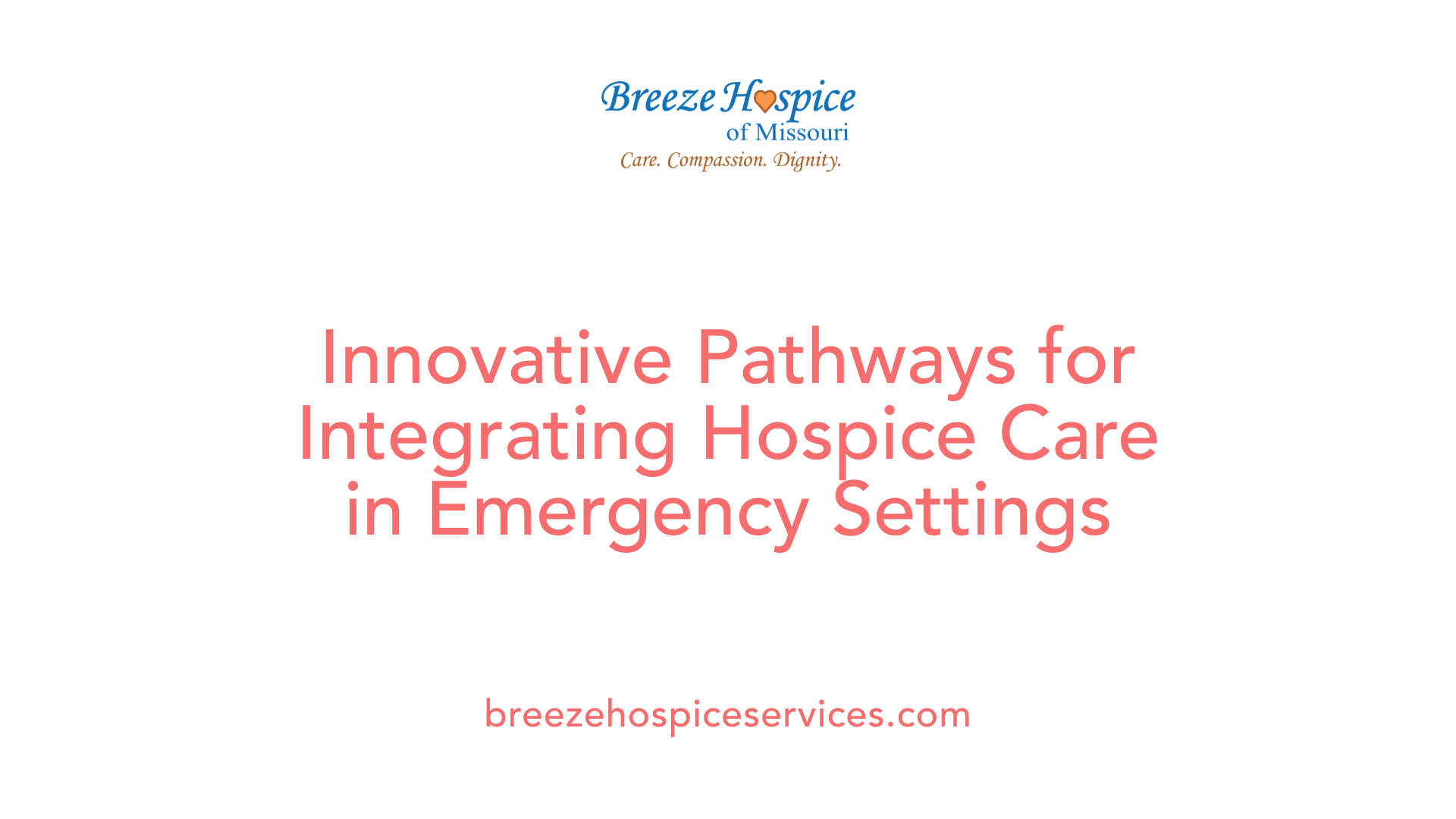
How is hospice care integrated within emergency care settings to enhance patient quality of life?
Integrating hospice care within emergency care settings enhances patient quality of life in several significant ways. The focus shifts from aggressive medical interventions to symptom management and comfort, addressing the primary needs of patients with terminal illnesses. This integration is particularly vital, as many individuals express a desire to die at home, supported by family. Hospice not only facilitates this transition but also equips families with the necessary resources and support to care for their loved ones.
Studies indicate that patients enrolled in hospice experience markedly fewer emergency department visits and hospitalizations, resulting in reduced physical and emotional strain on patients and their families. By providing comprehensive support services that include effective pain management and holistic therapies, hospice care alleviates distressing symptoms. This holistic approach fosters a more peaceful and dignified end-of-life experience for individuals facing life-limiting illnesses.
Innovative Care Pathways
Emergency departments can benefit from the implementation of innovative care pathways guiding clinicians in recognizing and initiating hospice referrals. These pathways can streamline processes, allowing for quicker interventions that prioritize patient comfort. Such structured approaches lead to a reduction in unnecessary hospital stays, ultimately contributing to enhanced patient outcomes at the end of life.
Training and Education
Enhanced training and education for emergency department staff regarding hospice care could bridge existing knowledge gaps. This training ensures that emergency physicians are well-equipped to identify patients who would benefit from hospice support, enabling proactive discussions about end-of-life care options. Increased awareness in this area is essential to promoting timely referrals and optimizing care for terminally ill patients.
Protocol Development
Developing clear protocols for integrating palliative and hospice care within the emergency department is crucial. These protocols should focus on timely identification of palliative care needs and facilitate seamless transitions to hospice services. With proper protocols in place, emergency departments can play a pivotal role in enhancing the quality of life for patients and supporting their families during critical moments.
Conclusion
The integration of hospice care into the broader healthcare framework significantly reduces emergency department visits and enhances the quality of life for patients with terminal illnesses. By focusing on comfort and comprehensive care, hospice services not only benefit patients but also reduce healthcare costs and relieve the burdens on families. Understanding and overcoming barriers to effective hospice utilization, particularly within emergency settings, remains crucial for enabling patients to experience peace and dignity in their final months. As healthcare continues to evolve, the adoption of more robust hospice and palliative care strategies will be pivotal in transforming patient outcomes and optimizing healthcare delivery systems.
References
- Emergency care utilization and the Medicare hospice benefit for ...
- Emergency department hospice care pathway associated with ...
- The Palliative Care Model for Emergency Department Patients with ...
- Palliative Care Reduces Trips to the Emergency Room
- Palliative Care vs. Hospice: The Role of the Emergency Physician
- Palliative care reduces emergency room visits and total hospital ...
- Hospice Care: Elevating Quality Across the Healthcare Continuum


































































































